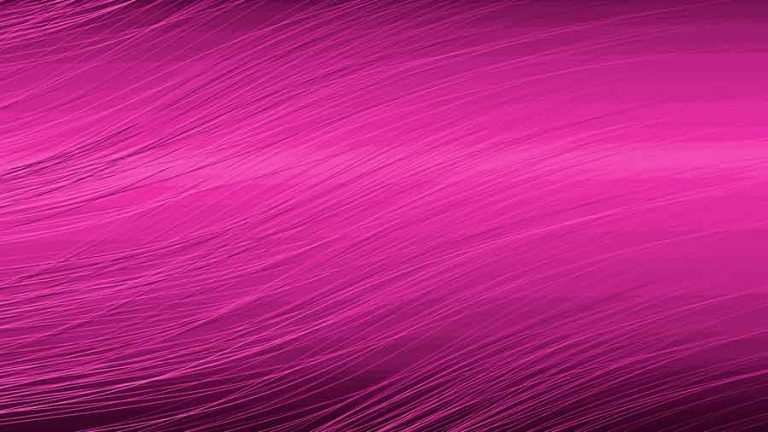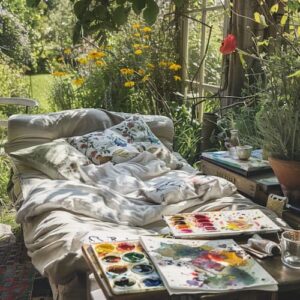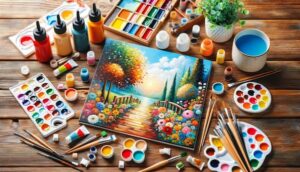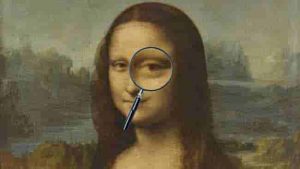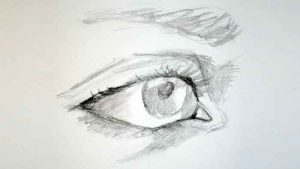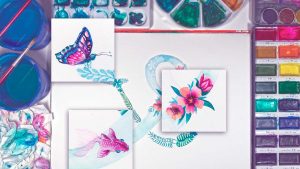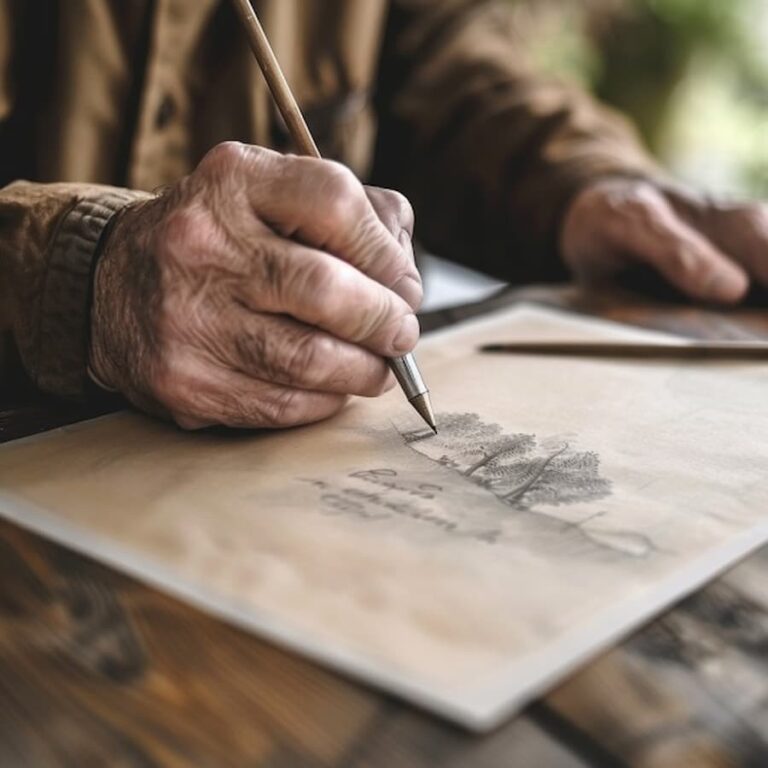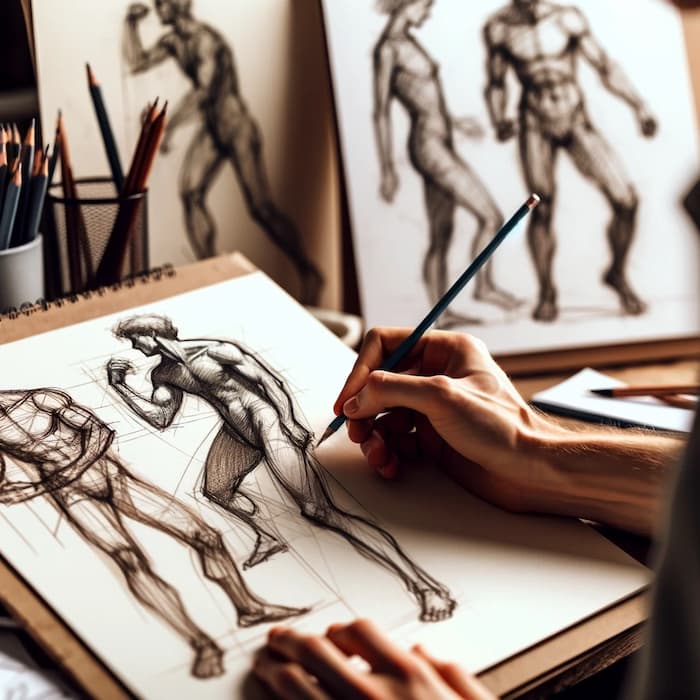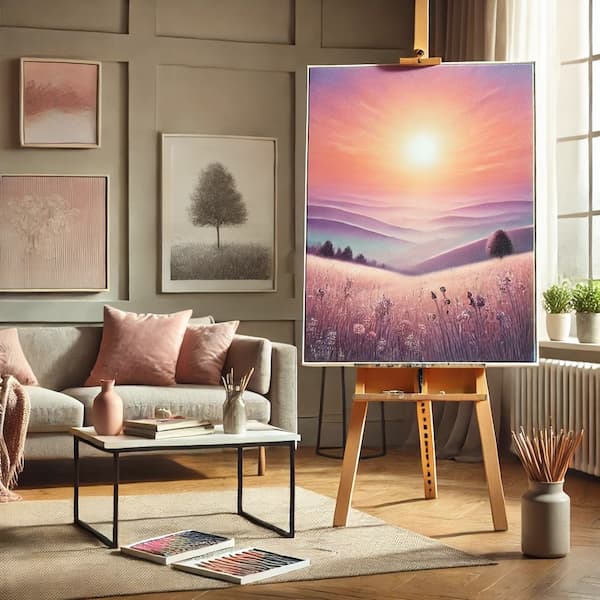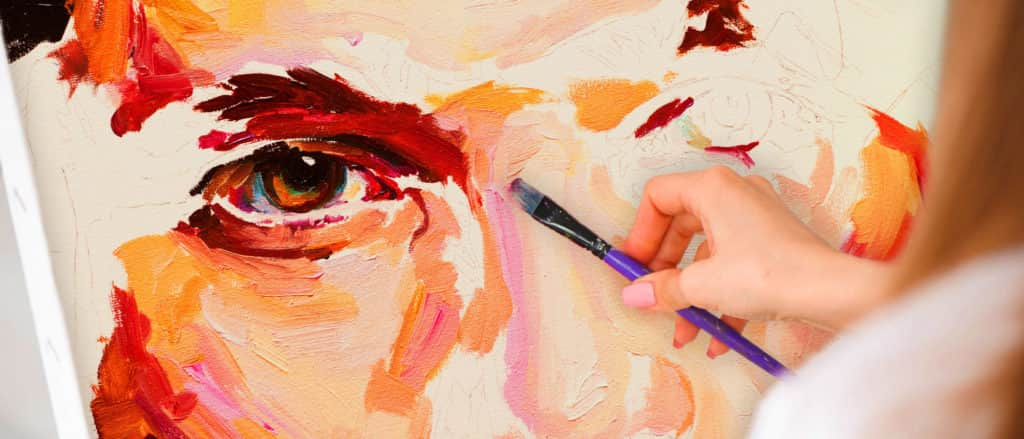Hello, Artenauta! To continue learning and growing within the useful and complex world of color, today we explain how to make the color purple.
Before we dive into the mixture that we must carry out to achieve the purple color, let’s make a brief review of the characteristics and curiosities related to this tone.
The color purple
- As we have already mentioned in previous occasions, each color stimulates and produces certain sensations in our organism, obtaining certain connotations at a psychological and social level; for this reason, it is good that we know the meaning of each color, not only for the aesthetic result obtained, but also for the message we want to transmit to the spectator. In this case, let’s remember what the color purple symbolizes:
- Calm.
- Mystery.
- Sensuality.
- Magic.
- Meditation
- Luxury.
-
In ancient times, wearing this color was associated with high social status; this is because the cost of the shades varied according to the difficulty in obtaining the pigment, and purple was one of the most expensive.
-
The color purple, or violet, is the color chosen to represent the feminist movement. There are many theories about this choice, but one of them indicates that it is because purple is the result of mixing in equal proportions pink (magenta) and blue, the representative colors of the male and female genders, thus showing the equality between them.
-
Purple, being a color related to spirituality and the afterlife, is closely related to some religions.
How purple color is made
Purple is a secondary color, therefore, we will obtain it from the mixture of two primary colors, in this case, cyan and magenta. To obtain the desired shade, i.e. purple, we will mix magenta and cyan in small quantities until we get it.
We must bear in mind that, depending on the amount we use of each of the two tones, the result we will obtain will be a shade, within the purple scale, but with a bluer or more carmine tendency.
We will see how we go through different tones, within the purple scale, until we obtain purple.
To learn the Theory of Color in depth, knowing and knowing how to achieve each shade, we recommend you to visit our Online Course of Painting and Drawing, where we teach you all the concepts, techniques and materials to become a true artist, finding and developing your own style and getting to where you propose.

